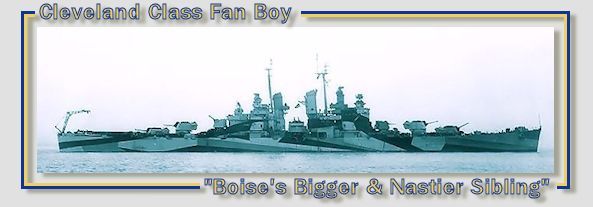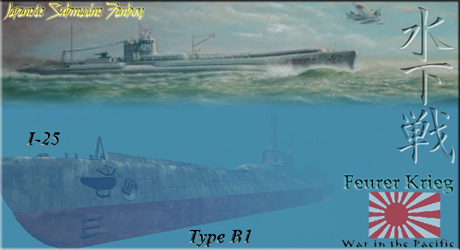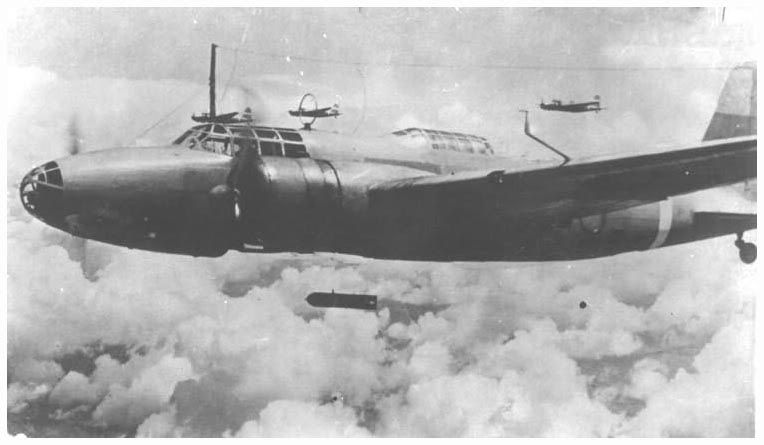Crackaces
Posts: 3858
Joined: 7/9/2011
Status: offline

|
quote:
ORIGINAL: Cribtop
Great info Crackaces. I bet that P-38 pilot dropped more than his landing gear if you know what I mean. 
.....
I have a comerical ticket and a degree from Embry-Riddle .. I used to write for a couple of Mooney Magazines ..
I saw this pilot discuss this problem as part of the Dogfights series .. a midwesterner with that calm "aw shucks attidute" when the stuff hit the fan ..
I found a discussion of the problem on the net .. the bolding and italics are mine ..
"The P-38 was one of the first airplanes fast enough to encounter "compressibility" (more properly called shock stall) problems in high altitude, high speed dives. The basic problem was that in a sustained dive from high altitude, speed quickly built to the point that the airflow over parts of the airplane (such as the upper surface of the wing) reached supersonic speeds. Not that the airplane itself was breaking the sound barrier, but the airflow in certain places was. A shock wave forms. This destroys the lift over that part of the wing. It also caused the air flowing off the wing to affect the tail in an unusual manner: it increased lift at the tail (Which is normally negative--an airplane is balanced by the weight in front of its wings, a down force; the lift of its wings, an up force; the negative lift of its tail, a down force--imagine a teeter/totter).
This loss of lift from the wings, coupled with increased lift from its tail, causes the nose of the airplane to go down. The increased dive angle causes the speed to increase farther. And so on, in a vicious and often fatal circle. The natural response of the pilot is to pull back on the yoke, which normally causes the elevators at the tail to increase the down force at the tail and brings the nose up to pull out of the dive. However, something terrifying happens. As the pilot tries to pull the stick back, the up force on the tail increases. No matter how hard he pulls, the aerodynamic force on the tail pushes harder. The controls have been described as feeling as if they were set in concrete. At this point the airplane is totally out of the pilot's control; there is literally nothing he can do.
The P-38 was not the only airplane to encounter this effect in dives from very high altitudes (where the air is thin), the P-47 and F4U both suffered the same problem. However, the P-38 was different. The big radial engine fighters would dive uncontrollably toward the earth until they reached the thicker air at lower altitudes. There two things happened: 1. The speed of sound increases as an inverse function of altitude (that is, the speed of sound goes up as the altitude gets lower); 2. The increased drag of the thick air on their large frontal surfaces would tend to limit further speed increases.
The result was that when the speed of sound went up as the airplane got lower, the shock waves started to dissipate (the airflow over the wings began to fall back below the increased speed of sound), and as the increased drag started to affect the airplane, the speed of the airflow also decreased, and the shock waves dissipated more. Finally the pilot would begin to get some control back, and still pulling back as hard as he could on the stick, would wind up in a screaming zoom climb (unless he was unfortunate enough to have begun the process over mountains high enough to intrude before he reached the thicker air of lower altitudes).
The way in which the P-38 differed was in its extremely "clean" (streamlined) design. Its drag was so low that the thicker lower air often (not always, some pilots did survive compressibility dives in P-38's) did not have enough effect for the pilot to regain control in time: the P-38 just dove straight into the ground like an arrow. The problem was magnified by a "flutter" (increasing amplitude vibration) set up in the tail by these excessive speeds, which often caused the tail to come off."... (http://www.chuckhawks.com/lightning_P38.htm, para. 10-15).
Game designers that look up service ceilings on the internet and make that number the operational ceiling have no clue, and then playerw exploit this by sweeping at 40K feet plus and dive down on sorites flying at 10K feet of so ... its gamey because the game allows this without any side effects or decisions ..I am keeping my boys below 28K out of principle ...
OK back to your IJ superiority ...
|
 Printable Version
Printable Version




























 New Messages
New Messages No New Messages
No New Messages Hot Topic w/ New Messages
Hot Topic w/ New Messages Hot Topic w/o New Messages
Hot Topic w/o New Messages Locked w/ New Messages
Locked w/ New Messages Locked w/o New Messages
Locked w/o New Messages Post New Thread
Post New Thread